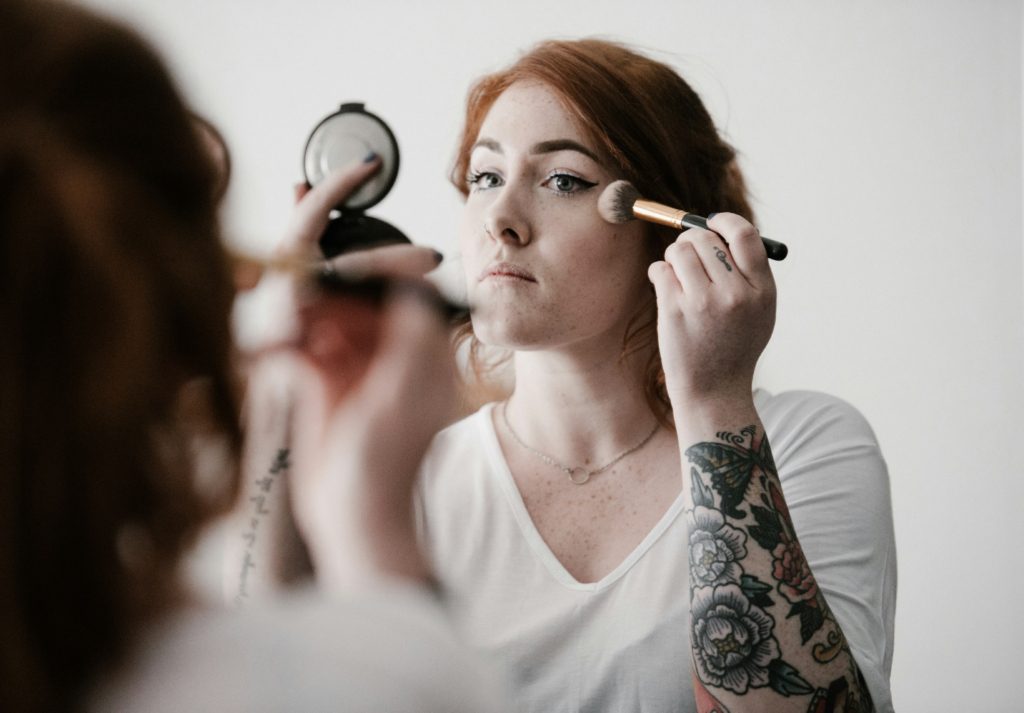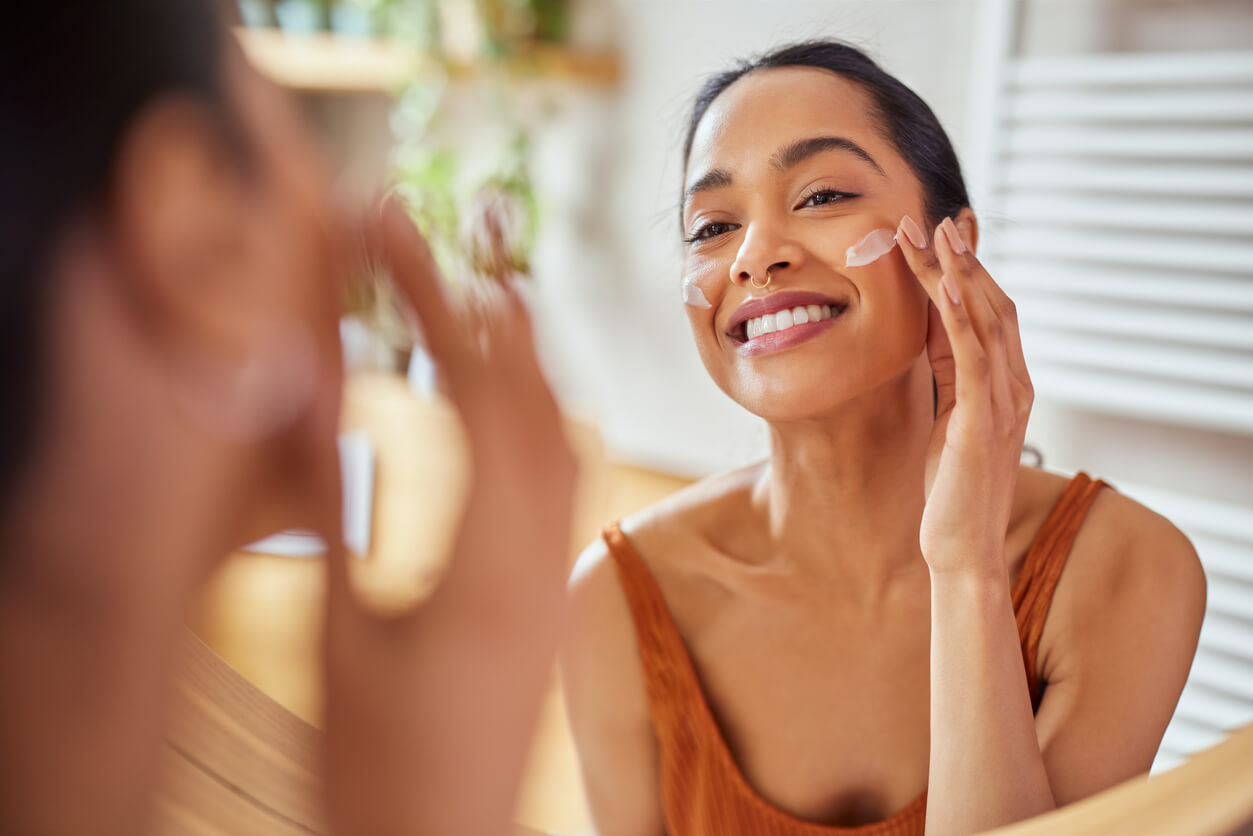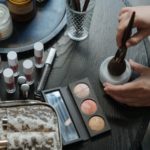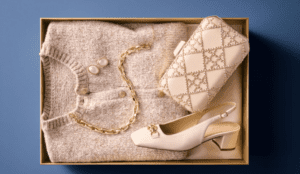We hope you love the products we recommend! Just so you know, Trendy Mami may collect a share of sales or other compensations from the links on this page.
–
Clean beauty is one of the fastest-growing sectors in skincare and cosmetics, but along with its rise has come a flood of misinformation. Consumers trying to make more conscious choices are often met with clean beauty myths that are confusing, misleading, or downright incorrect. Whether it’s about ingredient safety, product performance, or skin benefits, these myths can make it hard to know what’s really best for your body. In this blog, we’re breaking down the most common clean beauty myths so you can make informed, empowered decisions.
Understanding the truth behind clean beauty myths is essential if you want to shop smarter and prioritize both health and results. The reality is that “clean” doesn’t always mean “better,” but it also doesn’t mean ineffective or overhyped. From the false promise of pore-shrinking serums to sunscreen misunderstandings, we’re setting the record straight. If you’ve ever second-guessed a clean product because of something you heard on social media, this guide is for you.
What Does “Clean Beauty” Actually Mean?
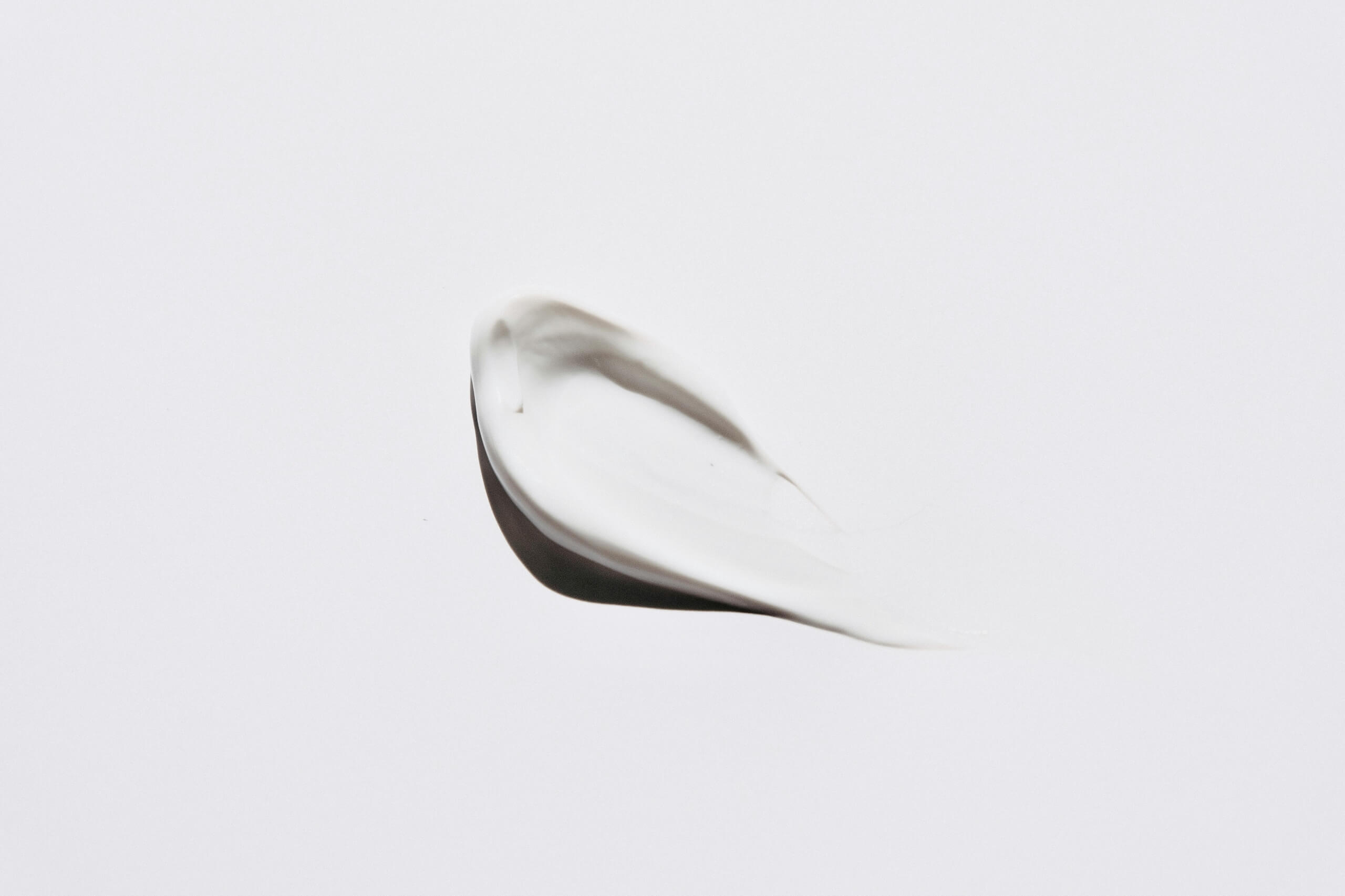
The term “clean beauty” has gained popularity in recent years, but its definition can vary depending on the brand or expert. Generally, clean beauty refers to products made without ingredients known or suspected to be harmful to human health, such as parabens, phthalates, or formaldehyde-releasing agents. Unlike “organic” or “natural,” which refer to how ingredients are sourced or grown, clean beauty focuses on safety and transparency, whether the ingredient is naturally derived or synthetically made. It also differs from “green beauty,” which emphasizes environmental sustainability, and “non-toxic beauty,” which is more focused on health claims.
Because clean beauty isn’t strictly regulated by the FDA or other governing bodies in the U.S., brands can define it in their own terms. That’s why it’s important to research a company’s standards and look for third-party certifications when possible. Trusted clean beauty brands often publish their “no lists” of banned ingredients, explain their testing protocols, and provide transparent labeling. Understanding what clean beauty actually means helps consumers make smarter, more confident choices, not just ones based on marketing buzzwords.
6 Clean Beauty Myths Debunked
1. Myth: Clean Beauty Products Don’t Have Any Chemicals
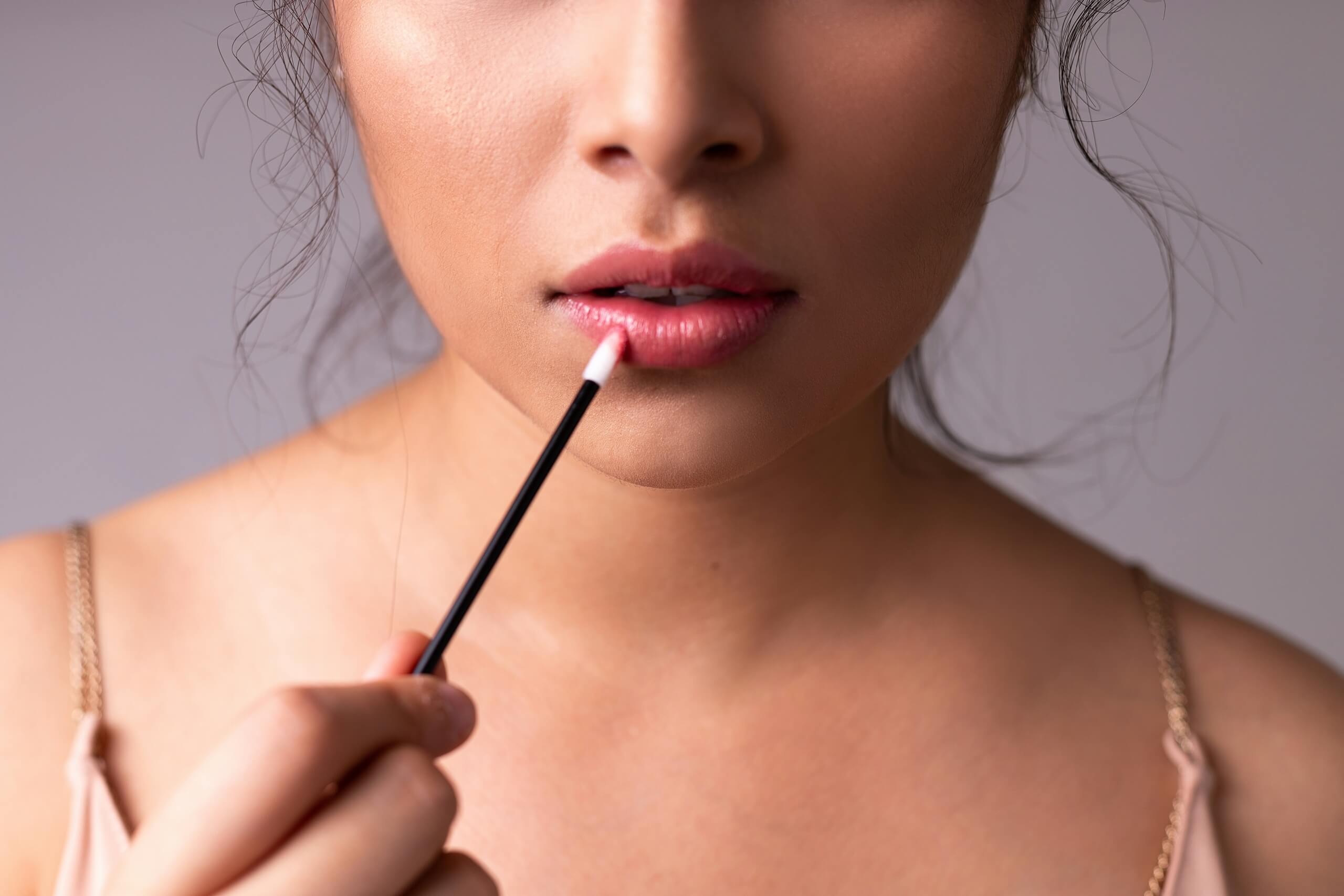
One of the most persistent clean beauty myths is that clean products are completely chemical-free. The truth is, everything, including water, is a chemical. What matters is whether the ingredients are safe and non-toxic, not whether they’re synthetic or naturally derived. Clean beauty focuses on eliminating harmful chemicals, not all chemicals.
2. Myth: Clean Beauty Products Don’t Work as Well as Non-Clean Ones
Another one of the common clean beauty myths is that natural or clean products can’t deliver real results. In reality, many clean beauty brands invest heavily in research and innovation to ensure performance. You’ll find serums, moisturizers, and even anti-aging products that rival their conventional counterparts. Clean doesn’t mean ineffective, it just means more mindful formulation.
3. Myth: Certain Clean Beauty Products Can Shrink Pores
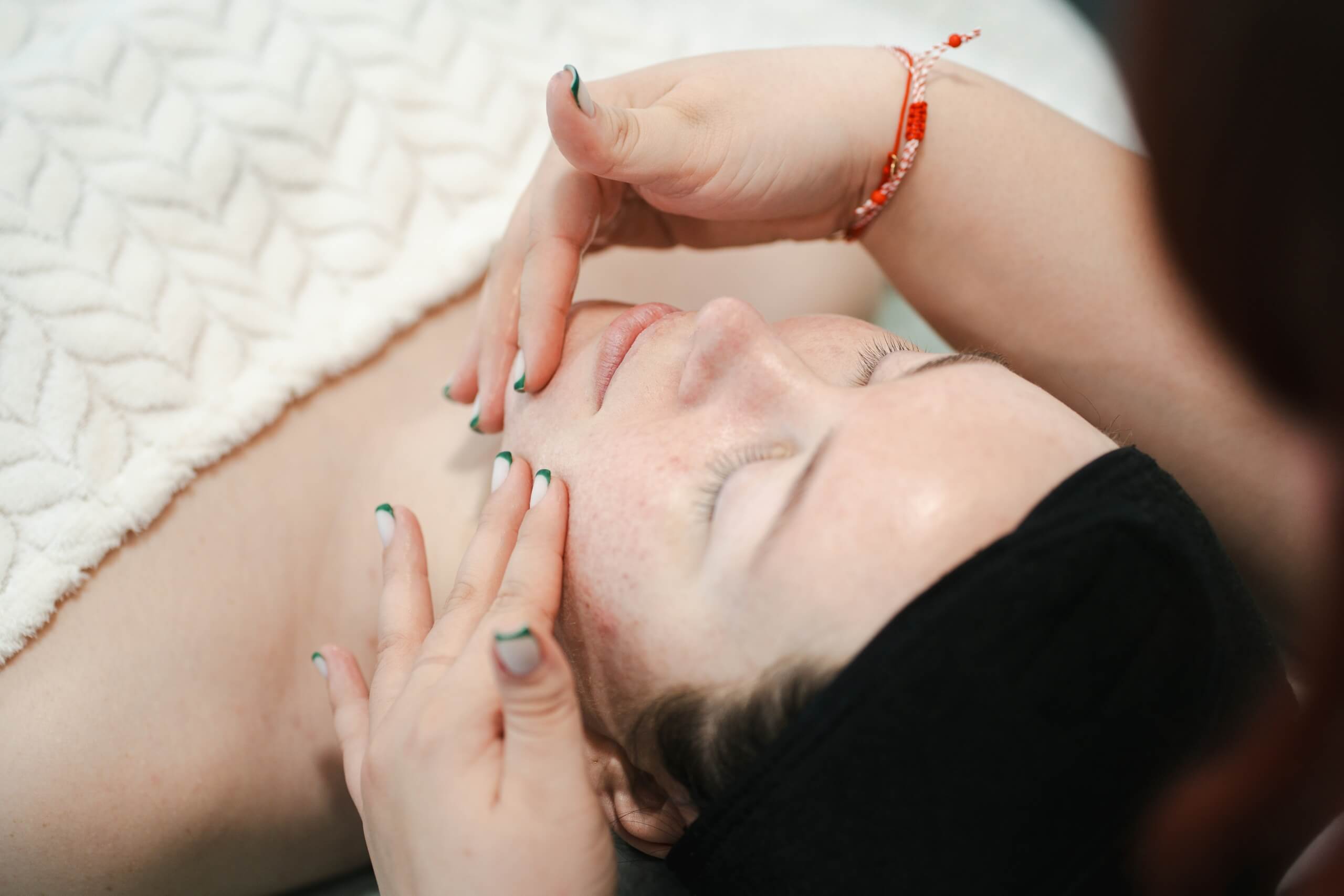
You’ve probably seen ads promising pore-shrinking magic, but this is one of the most misleading clean beauty myths out there. Pore size is mostly determined by genetics and cannot actually be reduced. What some products can do is minimize their appearance by clearing out debris or tightening skin temporarily. Clean or not, no product can permanently shrink pores.
4. Myth: Clean Beauty Products That Have Sunscreen Adequately Protect Your Skin
Many people assume that if a moisturizer or foundation contains SPF, they’re fully covered, another dangerous clean beauty myth. Sunscreen must be broad-spectrum, applied liberally, and reapplied throughout the day to be effective. A little SPF in your serum or BB cream isn’t enough for full protection. Always use a standalone sunscreen, especially when relying on clean beauty products.
5. Myth: Clean Beauty Is Always Better for Sensitive Skin
It’s a popular belief (and one of the more subtle clean beauty myths) that clean equals gentle. However, in truth, natural ingredients like essential oils can irritate sensitive skin just as much as synthetics. Everyone’s skin is different, so patch testing is always a smart move. Clean doesn’t automatically mean hypoallergenic or non-reactive.
6. Myth: All Clean Beauty Brands Are Regulated and Certified
One of the lesser-known clean beauty myths is that all clean brands follow the same safety standards. In reality, “clean” is not a legally regulated term in the U.S., which means definitions vary wildly from brand to brand. Some companies are transparent and third-party certified, while others rely solely on marketing buzzwords. Words like “organic” in relation to primer or undereye corrector, for example, may help lead you in the right direction. Always research ingredients and certifications rather than taking labels at face value.
Tips for Building a Smarter Clean Beauty Routine
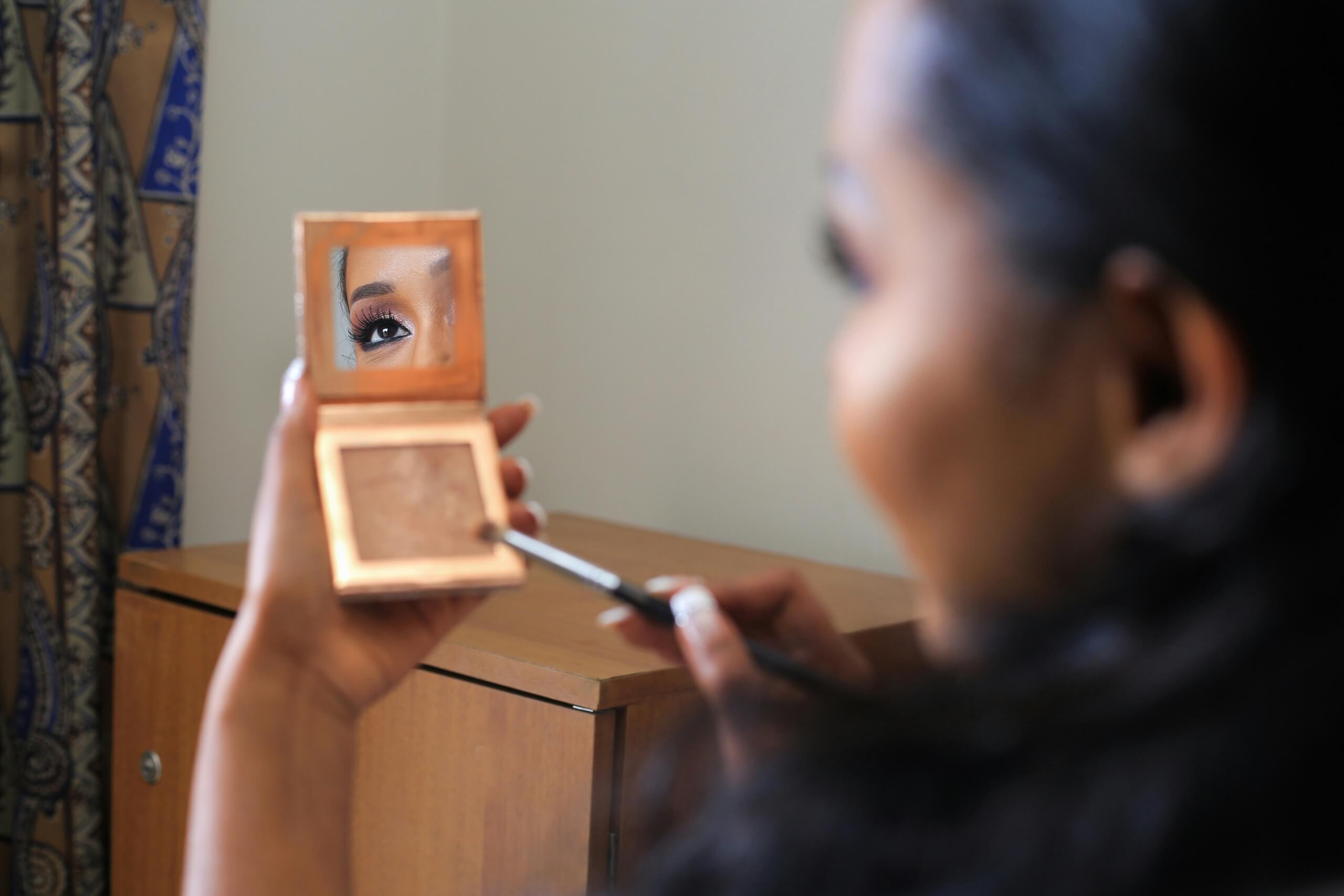
Transitioning to clean beauty doesn’t have to be overwhelming or expensive. The smartest way to shift your skincare or makeup routine is to swap products gradually, starting with the ones that stay on your skin the longest (like moisturizer, foundation, or serum). Read labels carefully and focus on transparency; opt for brands that explain their ingredients, sourcing practices, and safety standards. Look for products with third-party certifications, like EWG Verified, MADE SAFE, or Leaping Bunny for cruelty-free assurance. You don’t need to throw everything out at once. Instead, finish your current products and replace them with clean alternatives as needed.
Informed by Science and Common Sense
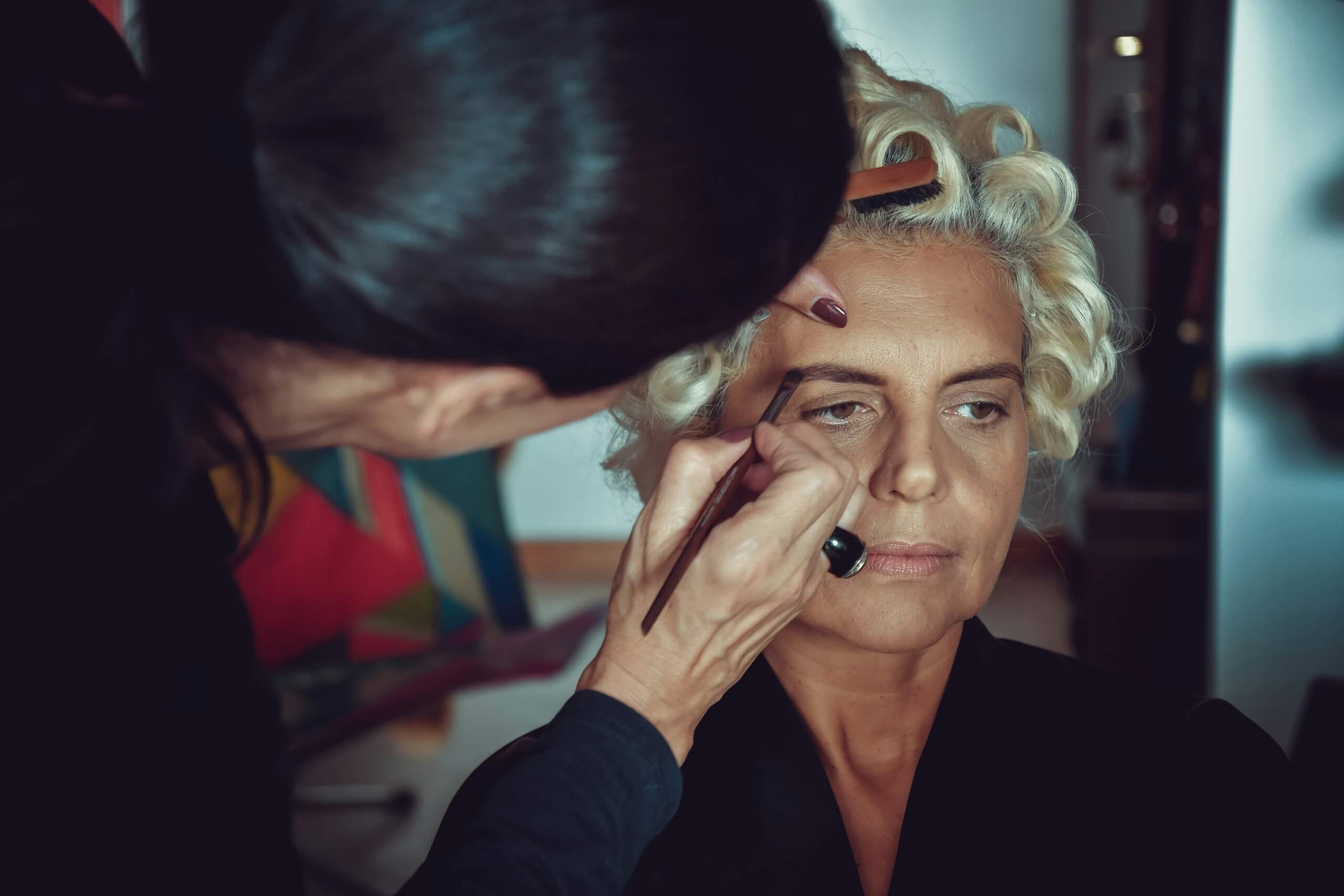
While clean beauty has its benefits, it’s just as important to separate fact from fiction and debunk clean beauty myths. Falling for popular clean beauty myths can lead to wasted money, poor skincare choices, and unrealistic expectations. The more we understand what “clean” truly means and doesn’t mean, the better we can build routines that support our unique skin needs. Don’t let trendy labels or viral claims do the thinking for you – choose clean beauty products that work for you and are good for you, too.
With growing transparency and ingredient awareness in the industry, there’s never been a better time to be a curious, well-informed beauty consumer. By debunking these clean beauty myths, we hope you feel more confident navigating the skincare aisle with clarity instead of confusion. Remember: the goal isn’t perfection, it’s progress, informed by science and common sense. Keep questioning, keep learning, and keep glowing.

